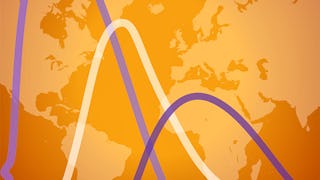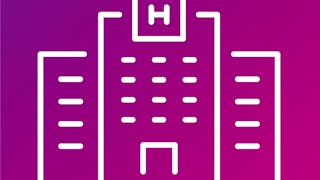In this course, you will learn about traditional and emerging techniques in population-level data collection that can be used to strengthen public health programs and policies. Experts from around the world will define and explain key concepts in the design and implementation of population-based surveys, focusing on the use of emerging survey techniques such as mobile phone and web-based surveys, health services data and health information systems, and population-based health registries. You will learn about how these data can be used to inform population-level decision-making, and the application of a gender and equity lens to ensure they are tracking and responsive to the needs of populations. Our overarching goals for the course are to support the collection of population-level health data, track trends, plan interventions, and enhance the monitoring of major risk factors for early death - especially from non-communicable diseases.

Enjoy unlimited growth with a year of Coursera Plus for $199 (regularly $399). Save now.

What you'll learn
Compare and contrast the strengths and limitations of traditional survey methods and emerging survey methods across contexts
Discuss the role, attributes, and challenges of health information systems in understanding population health patterns and for decision-making
Describe components, development, and management of population-based paper and digital registries
Use gender transformative approaches through appropriate integration of gender measures in population-based surveys
Skills you'll gain
Details to know
18 assignments
See how employees at top companies are mastering in-demand skills

There are 4 modules in this course
What's included
8 videos2 readings4 assignments2 discussion prompts
What's included
14 videos7 assignments2 discussion prompts
What's included
5 videos4 assignments2 discussion prompts
What's included
4 videos2 readings3 assignments1 discussion prompt
Offered by
Explore more from Public Health
 Status: Free
Status: FreeJohns Hopkins University
 Status: Free Trial
Status: Free TrialUniversity of Michigan
 Status: Preview
Status: PreviewUniversity of Rochester
 Status: Free Trial
Status: Free TrialImperial College London
Why people choose Coursera for their career




Frequently asked questions
To access the course materials, assignments and to earn a Certificate, you will need to purchase the Certificate experience when you enroll in a course. You can try a Free Trial instead, or apply for Financial Aid. The course may offer 'Full Course, No Certificate' instead. This option lets you see all course materials, submit required assessments, and get a final grade. This also means that you will not be able to purchase a Certificate experience.
More questions
Financial aid available,








